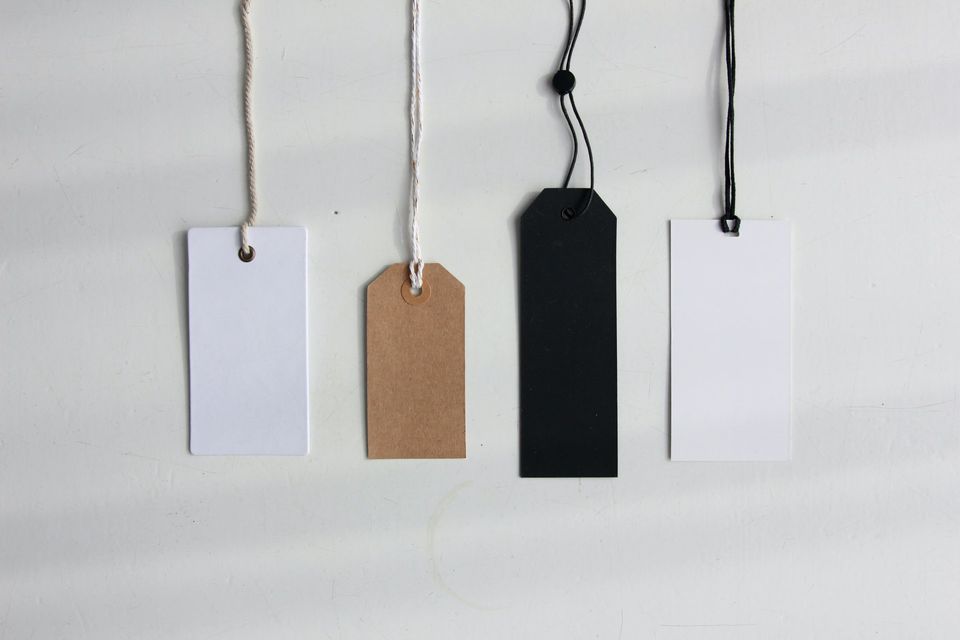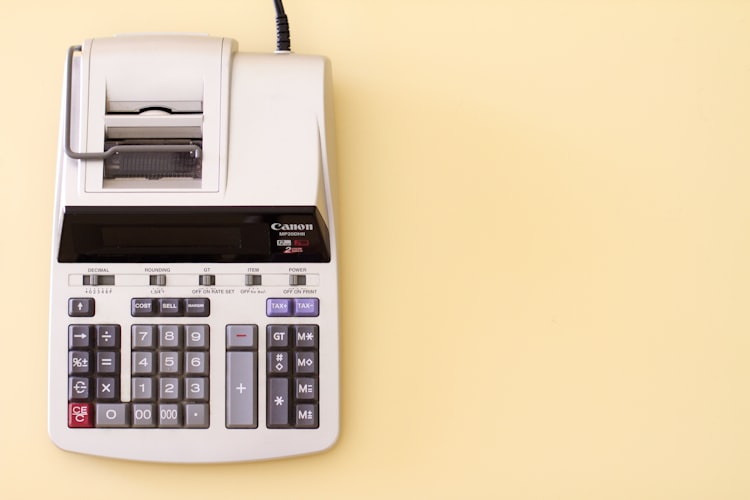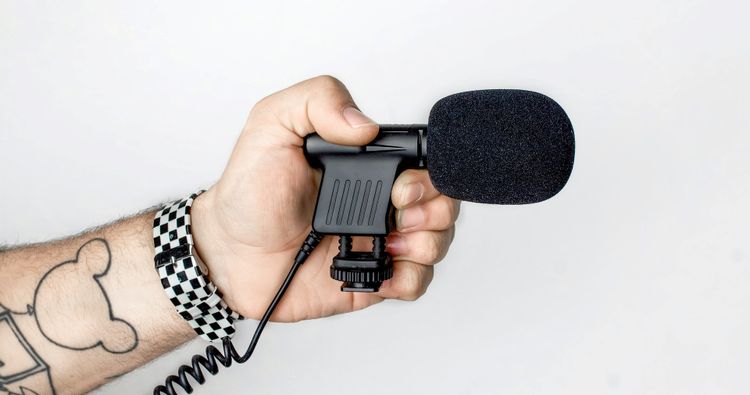On pricing your product

I was recently asked for advice by one startup "How much should I charge for my product/service?" It's the question that I have heard again over time, so let me take a bit deeper dive.
There is more than one approach to this, but the main principle remains: your sales price should be higher than your production cost (including both direct and indirect costs). The only exception for this rule is when you are a super well-funded US startup, which does not aim to reach profitability in the next 20 years, but I'd say that this is really an exception that's worth a separate post in the future.
So, how do you price your product or service?
Pricing when you are selling something that already exists on the market
In this case, you have to consider the prices of the alternatives (competitors) and likely stay in the same range. For example, you want to make a new music app like Spotify, likely you'll need to charge in about the same range. Same for healthcare service, for example, health checks for getting a driving licence renewed. If there are 10 other providers in your city doing it for 25€, you likely can't find any customers willing to pay for it 100€.
The same applies to reselling. For example, I've been selling my old tech gadgets on Estonian eBay in the last few months. I priced the deals based on what I saw similar/same products previously selling on that platform. It is essential to do this due diligence - otherwise, you'll either leave money on the table or do not make the sale at all.
How do you make money here? By coming up with ways to optimise your production costs, to keep a profitable margin. To make things work, you'd need to operate at economies of scale. Making an app for 10 customers paying 5 € per month is likely not the situation you wish to be in. Making an app for 10 million customers paying 5 € per month is much better. You need to figure out what is the amount of customers you need to break even your costs - the minimum, and then ways to scale beyond that while keeping profitability.
This means that also to serve that 100 first paying customers you'd need to come up with ways to optimise your costs. If you are a non-technical founder(s), use some non-code tools to set it up, before spending 5 or 6 figure budgets on the technical team. If you are technical, you should be able to build it yourself.
Many successful startups had very simple workarounds in the early days. For example, the Estonian unicorn Wise as their first version of service used just emailing between people who wished to do transfers and marked those transactions down in MS Excel sheet. Essentially you'd need to be like MacGyver to patch something up, in the first days and if that works, then optimise that.
Pricing when you are selling something new on the market or creating a market
This is a more fun situation to be in. In this case, you'd be looking at the value of the problem your product/service would be solving and then charge in relation to that.
For example, if you'd be designing an app that helps to save physiotherapists 2000€ worth of hassles, then merely charging 20€ per month would be leaving too much money on the table. 200€ would be much more in line with being 10x better innovation, generating 10x savings.
To understand what is the value of your solution, in a situation when there are no visible competitors, you have to dig deeper to understand that what is the current alternative workaround and the monetary impact of the problem. And quantify that. Providing "better customer experience" is not quantifiable. But providing 35% cost savings or 40% increased sales are.
If they are currently selling 100 000€ per month and your product helps them to sell 40% more, that is 40 000€, again charging 4000€ would be more appropriate than just 40 or even 400. Charing 50 000€ would however not be possible.
Attending one of the insurance conferences, one C-level executive was very direct on what is their thinking framework they buy new solutions:
- Is it going to provide financial savings for us?
- Is it going to enable us to sell more?
- Is it going to provide a better customer experience
And in that order.
It's actually making sense psychologically as well. As humans, we are more sensitive to losses than to gains. Losing 100€ cuts us deeper than gaining 100€. A better experience is creating a lovely feeling, but not in the hearts of procurement managers or CFOs controlling the budget.
There is a way to overcome the CFO-s, but in this case, you'll have better success in the consumer market, where people are more willing to buy emotionally.
Emotional buying is also a topic for taking a dive into luxury markets, which I'll tackle in a separate post in the future.
Until then, I hope you'll have a weekend of great customer experiences, even if you happen to be procurement manager or CFO.





Member discussion